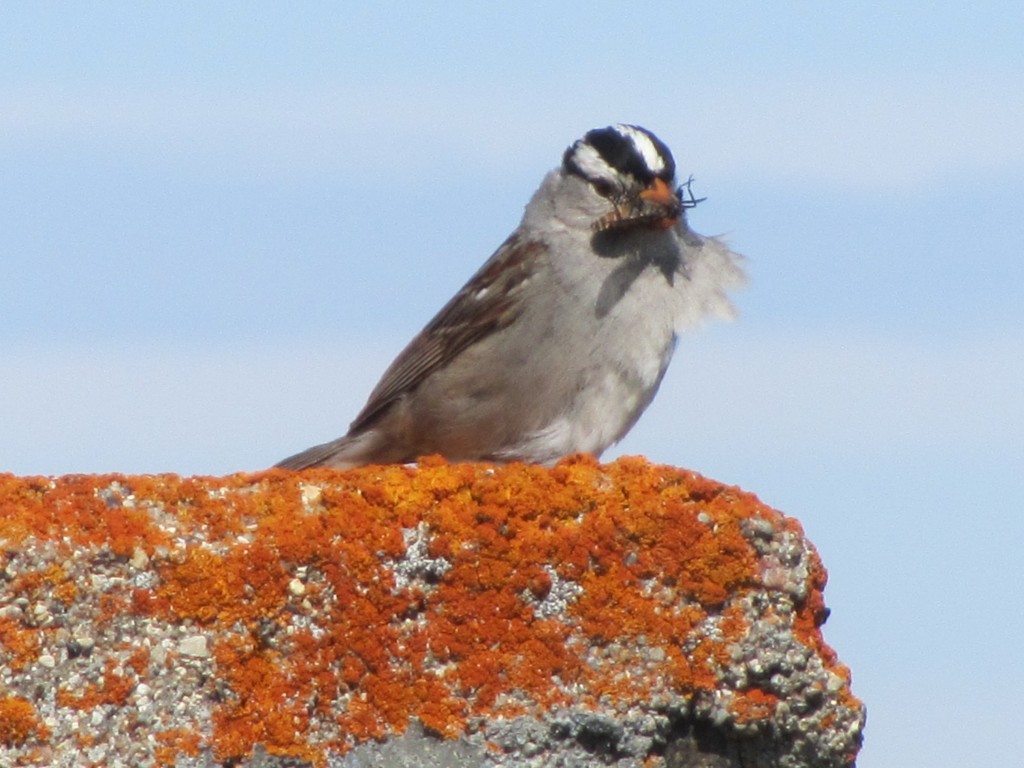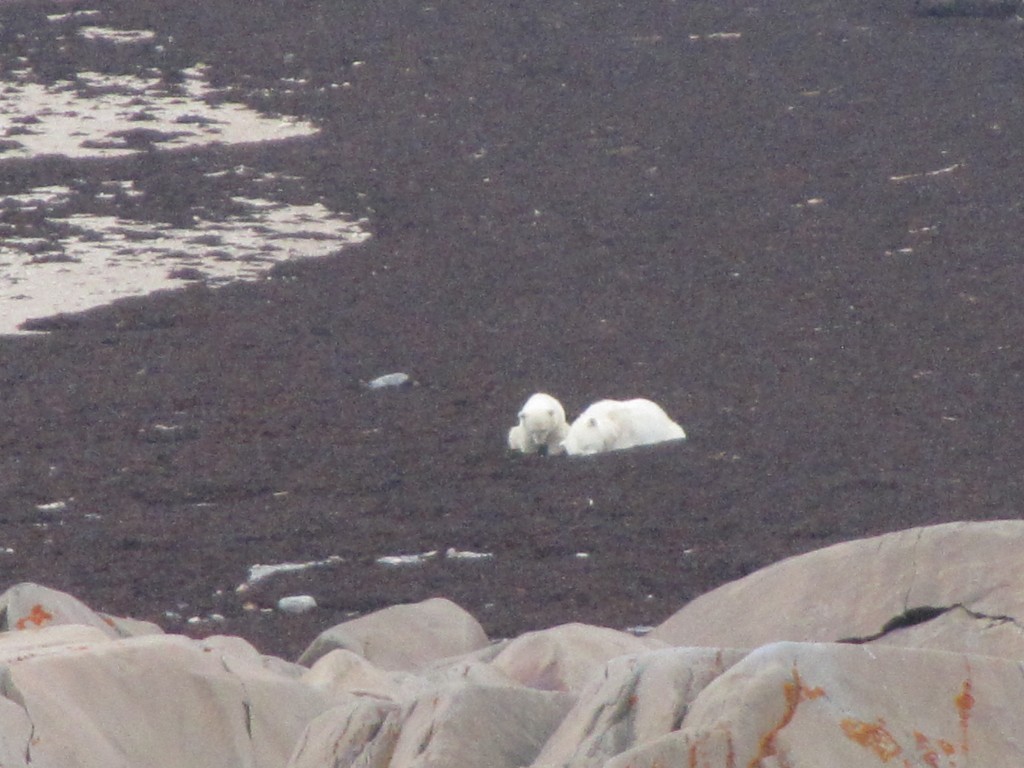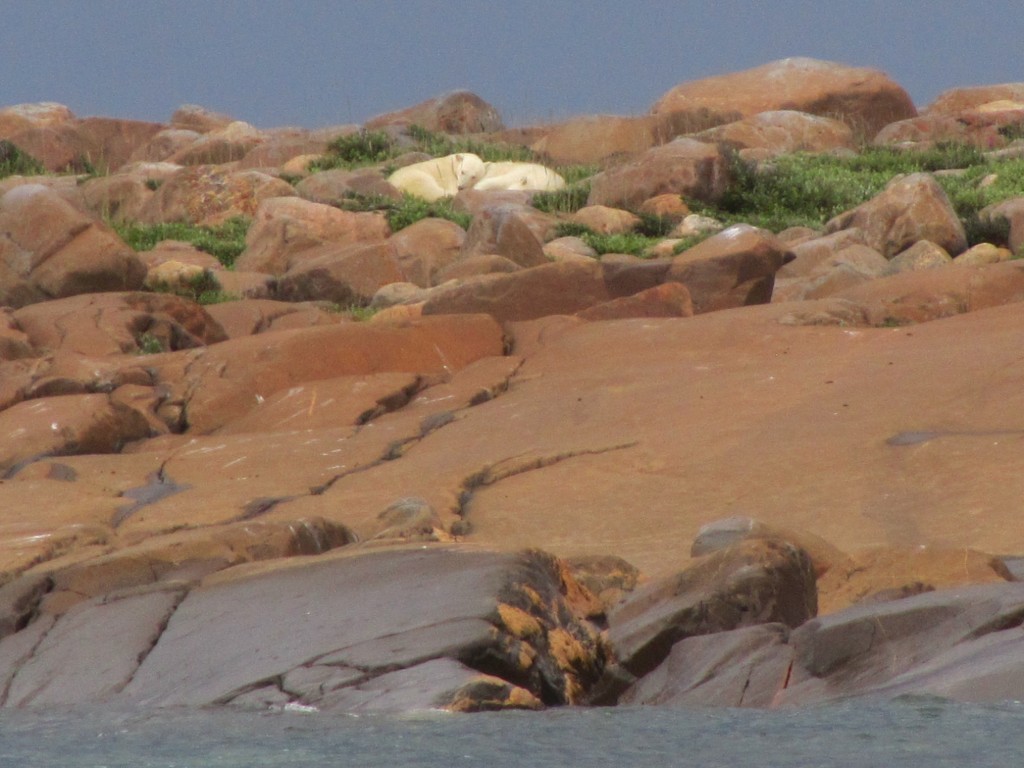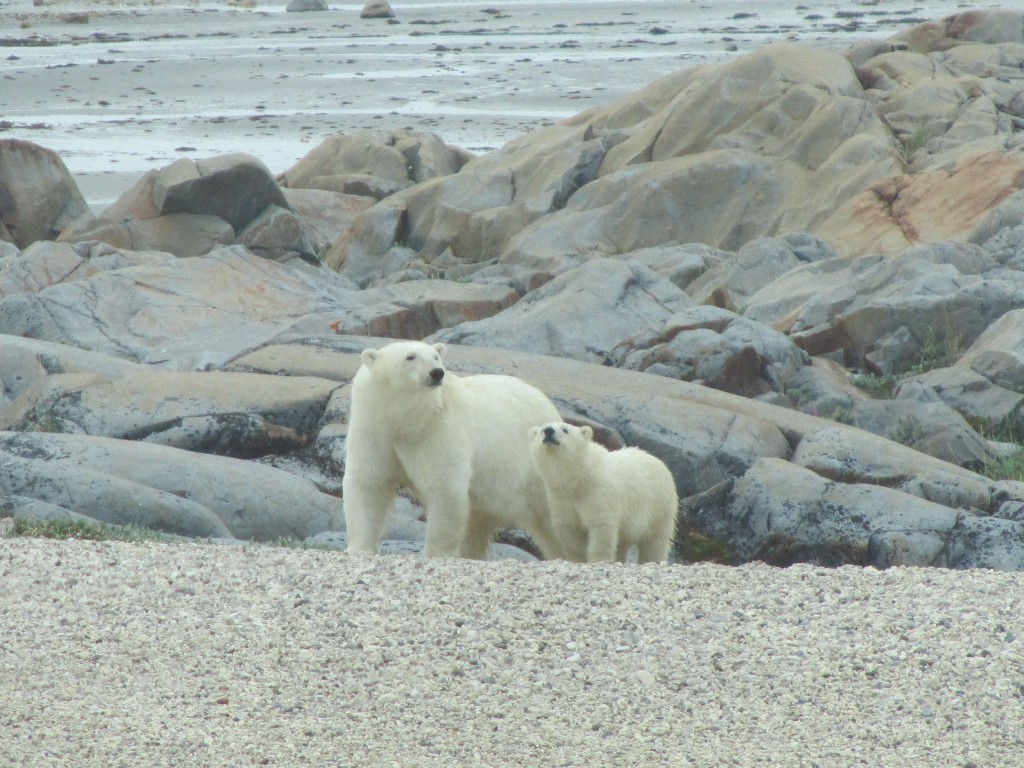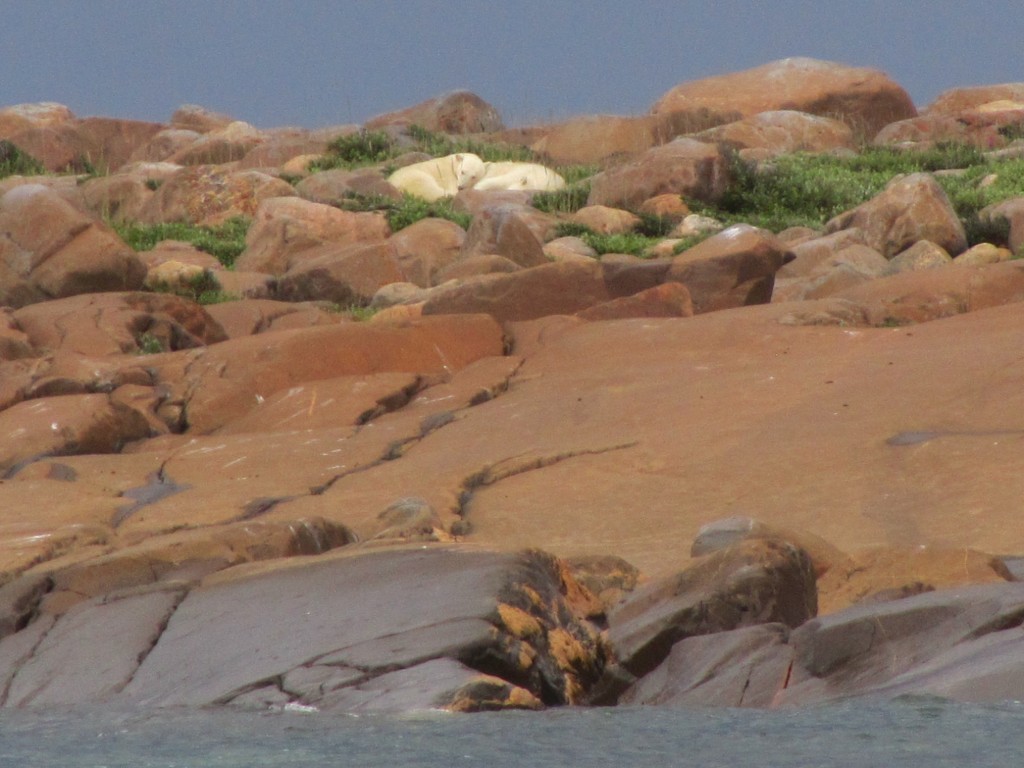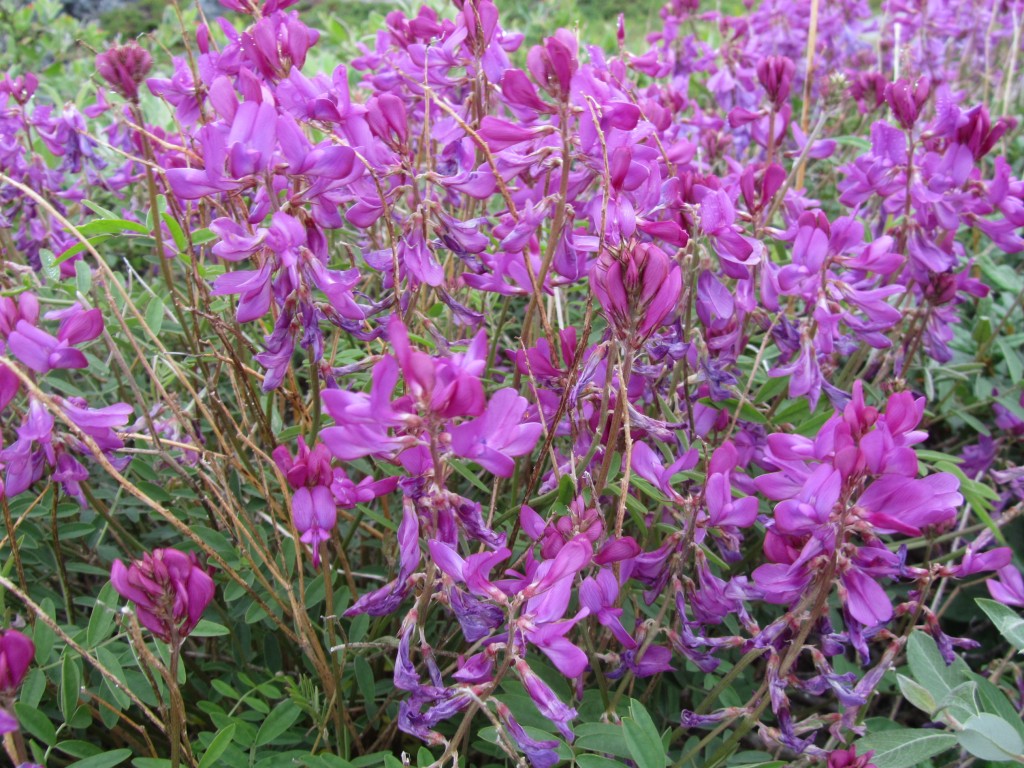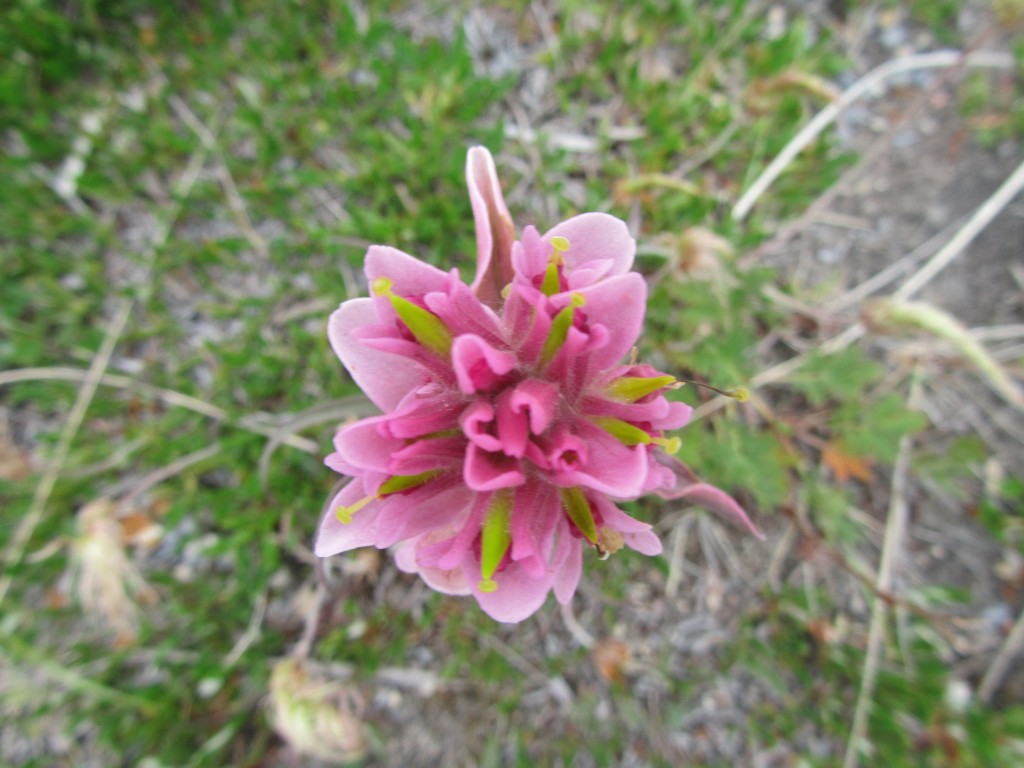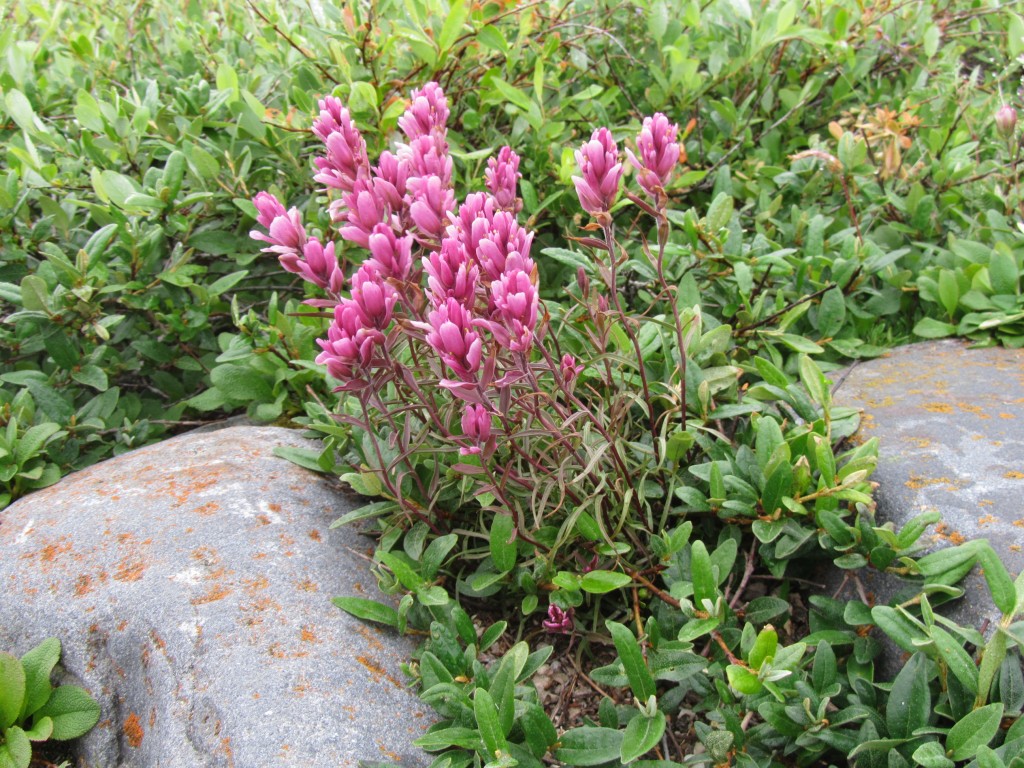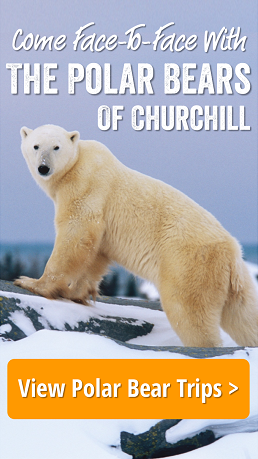Churchill summer…an Arctic treasure
Here are some landscape photo’s with Natural Habitat travelers enjoying the solitude of summer in the sub Arctic. Churchill, at the south end of the Hudson Bay is an accessible place to experience the wonders of a world that remains secluded to an ever growing shrinking planet. Development continues to erode our most iconic and beautiful, natural environments…though the Arctic remains a place where the mind can be free and open to endless possibilities of the unexplored natural world.
The coastline around Churchill has been developing over millions of years. The precambrian sheild that frames the bay is some of the oldest rock on the planet and continues to emerge from the land. Isostatic rebound is the process of the land rising up from the enormous weight of the past ice age. Even though the weight of the ice is long gone, the land or sheild, continues to rise up from the event. Incredible when you think of the slow process.
With thousands of beluga whales migrating to the Churchill River estuary in the summer, the opportunities abound to experience wildlife in a pristine environment. A short zodiac excursion on the river presents pods of whales feeding on capelin and often curious enough to approach the boats at arms length.
Polar bear season in the fall is one of the most scintillating experiences on Earth…a dramatic encounter with one of the most fascinating creatures to live. The mystery of the north adds to their beauty by capturing the imagination of an unexplored world. Seeing bears in the summer is an even more singular event defined by a feeling of isolation.
Colors of Churchill Summer
Natural Habitat’s first Churchill Arctic Summer group enjoyed an amazing week of flora, whales, birds and even five polar bears! An incredible feast of wildlife and wildflowers to start the summer.
Here’s the bird list..Bonnie Chartier would be proud…
Gulls, arctic tern, osprey, raven, white-crowned sparrow, Canada goose, greater yellow legs, surf scoter, parasitic jaeger, sandhill crane, common eider, lesser scaup, American robin, whimbrel, mallard duck, red-breasted merganser, trumpeter swan, snow goose, Wilsonian godwit, horned grebe
The five polar bears for July is quite a bounty. Here’s what Natural Habitat guide Stephanie Fernandez came across with her travelers. An adult male, A sow with two yearlings out at Eskimo Point and a snow white sow and cub out near halfway point while the group was on their polar rover excursion.
The colors of summer in Churchill are not in the sky but on the ground in the form of wildflowers. A continuous cycle of color explodes throughout the short growth season and then morphs into the earthen colors preceding fall. Life of the earth.
Summer polar bears
Check out this video by Joanne Stover in Churchill ….sow with cubs sauntering down the main drag. What a wild town. Stay tuned for more updates from Natural Habitat Adventures groups currently touring Churchill. Beluga whale season is in full swing as well as wild flowers galore.
Photography tips for cold conditions
Top 10 Photography Tips for Cold Conditions
By WWF JULY 7, 2014
Originally published by World Wildlife Fund on the Good Nature Travel blog.
It’s hard to believe that Elisabeth Kruger, an Arctic and Bering Sea program officer for WWF, once had a career in theater, specifically lighting design. Her interest in lighting attracted her to photography and, while living in Russia for four years, she bought her first “real” camera and starting taking photography classes. Today she works on Arctic marine mammal conservation projects from a WWF field office in Anchorage, Alaska. Since we figured she’d know a thing or two about taking photos in frigid conditions, we asked her to share some advice ahead of the Classic Polar Bear Photo Adventure she will escort November 10-16, 2014.
Here are Kruger’s 10 tips for taking photos in cold-climate conditions:
1. Protection from the elements. Most new cameras provide some weather resistance, but camera “raincoats” can give additional protection from rain and snow. Kruger also suggests using a lens hood. “It will help keep snow off the glass of your lens, reducing the chances of having snow splotches in your photos,” she explained.
A basic UV filter is also recommended. “It won’t break the bank, and if there’s a wind storm and a bit of rock flies at your lens, it will just break the filter and it won’t hurt your lens.”
Most importantly, Kruger takes caution when changing lenses, which is when they are most vulnerable to dust and moisture. “I always try to change lenses inside and away from the elements, and I always try to make sure I do it as quickly as possible,” she says.
2. Power up. Cold conditions zap juice from camera batteries, so it’s a good idea to have more than you think you’ll need. Kruger suggests wearing a coat with inside pockets where you can store your batteries, keeping them warm.
Majestic sunset near Churchill ©Erick Rock
3. The “magic hour.” Photographers consider the time around sunrise and sunset to be magic for its perfect lighting conditions, as the above photo by Natural Habitat Adventures naturalist and photographer Eric Rock shows.“It’s that time when everything turns kind of golden,” Kruger noted. Fortunately, Arctic sunrises and sunsets take much longer at certain times of the year, lengthening those ideal conditions.
4. It’s about time. According to Kruger, getting a good wildlife shot is all about timing and patience. You need good lighting, an interesting background and intriguing animal behavior. “You want to be all set up and ready to go, and then you just wait for that perfect moment,” she says. Photographer Mike Bruscia captured that in the image below.
©Mike Bruscia
5. In a fog. Lenses can fog up when taking them out of the warm indoors and into the cold, so Kruger makes sure to acclimatize her camera to the conditions. By keeping her camera in a padded bag, the temperature transition is slowed, helping to prevent the fogging effect.
6. Guiding light. “You want to look for light that’s not pointing straight at the subject,” Kruger says. Instead, sunlight coming from the side, ideally at about a 45-degree angle, helps emphasize the three-dimensionality of an animal by creating small shadows. While the sun acts as the main “key” light, light reflecting off of snow or water can act as “fill” light, softening dark shadows.
But there’s more than one recipe for using light. Kruger notes, “If the light is coming from behind the animal and you get that backlit outline, maybe against the sunset, that can be an interesting effect.” Andrew Corbett captured that perfectly in the shot below; naturalist Melissa Scott was also able to catch a backlit outlight, albeit during different lighting conditions.
©Andrew Corbett
©Melissa Scott
7. It’s all in the lens. “If I had to choose between having a nice camera and a nice lens, I would definitely go with the lens,” Kruger says. When traveling, she limits herself to three lenses: a wide angle, a 50 millimeter and a telephoto. The wide angle is great for showing proximity, for example if a curious bear comes up to explore the polar buggy. The 50 millimeter is small, light, inexpensive and versatile, and the telephoto is great for shooting wildlife that’s farther away.
8. Going steady. For cold weather conditions, Kruger recommends a carbon fiber tripod or one with foam covering its legs. Tripods made of metal can get extremely cold.
©Henry H. Holdsworth Photography
9. White on white. Taking a photo of a white polar bear against a white, snowy background can be tricky. “That’s where light comes in,” Kruger says. Having the animal backlit is particularly effective. Kruger also suggests waiting until the bear is not in front of a purely white background but instead against the sky or another backdrop that provides more contrast. Waiting for a polar bear to climb a small rock precipice allowed photographer Patrick J. Endres to capture the bear below against a blue backdrop, not white.
©Patrick J. Endres
10. Traveling (sort of) light. Though Kruger would love to bring 10 lenses on every trip, she limits herself to three for ease of travel. Instead of a camera bag, she uses a regular backpack and puts her camera and lenses in neoprene cases. That way, she can put her equipment exactly where she wants it. If she has to check her camera equipment on the plane, Kruger uses a hard, weatherproof case for protection.
–By Marsea Nelson, WWF guest blogger
Arctic Terns pack a punch
Guiding Churchill Summer trips for 10 plus years in by the Hudson Bay brought a lifetime of memories. The ones I have of the magnificent Arctic Tern are all fleeting …mostly the fleeting or fleeing was done by travelers and guides whenever such persons ventured near enough to a nesting area of these very protective and territorial birds

Arctic tern eggs…beautifully camouflaged for the tundra. Photo Rhonda Reid.
Let’s face it these creatures have a right to be a little impatient when it comes to relaxing for a couple of months in the Arctic and laying eggs and nurturing their young. With a migratory journey of over 40,000 miles yearly from Arctic in the summer to the Antarctic in winter, they need a break. So, if you plan to get close and …well..photograph eggs like the ones above, be prepared for an attack from above and quite possibly a wound of the head from a pointy, sharp red beak. Trust me…I’ve witnessed the assault first hand a few memorable times!

Arctic tern hovering above the nesting site ready to protect eggs. Rhonda Reid photo.
After all that strenuous travel ,which is reflected quite well in the terns’ physique, nothing is going to prevent the bird from protecting its’ nest. A fluttering , darting combination of moves through the air tends to scare most predators away from the nesting area. If these gyrations fail to create hesitancy on the ground by approaching beings, the tern has no fear and converges on the threat with reckless abandon…pecking at the subject until blood is drawn or a retreat is forced.

Arctic tern sitting on its’ nest on the tundra. Rhonda Reid photo.
Once the area has been cleared…and this usually doesn’t take long…the tern returns to the nest to settle on the eggs. An amazing amount of energy is fuel for the terns’ display….one that is efficient and quite effective. My advice is to observe Arctic terns from a distance on the land. An amazing place to observe terns is the water of the Churchill River where they follow the feeding beluga whales and enjoy a bounty of capelin.


